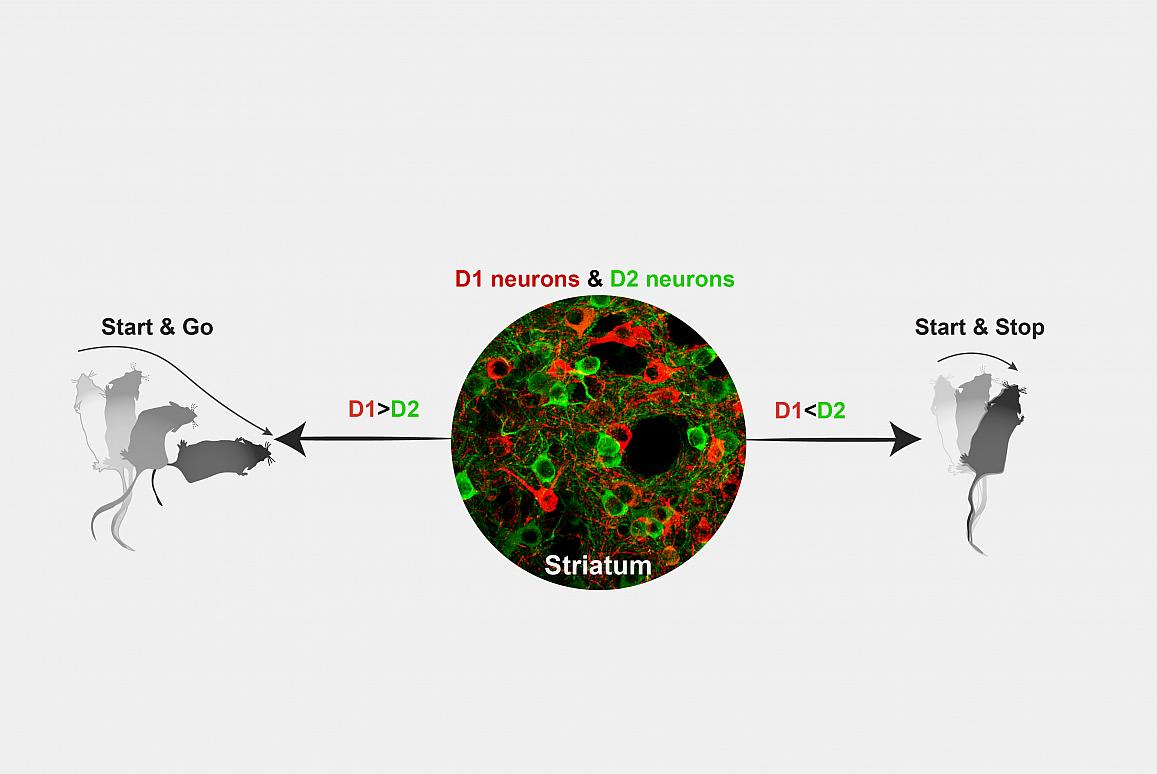IRP scientists develop novel technique to study brain disease
A new tool developed by researchers at the National Institutes of Health has determined, for the first time, how two distinct sets of neurons in the mouse brain work together to control movement. The method, called spectrally resolved fiber photometry (SRFP), can be used to measure the activity of these neuron groups in both healthy mice and those with brain disease. The scientists plan to use the technique to better understand what goes wrong in neurological disorders, such as Parkinson’s disease. The study appeared online in the journal Neuron.
According to Guohong Cui, M.D., Ph.D., head of the In Vivo Neurobiology Group at the National Institute of Environmental Health Sciences (NIEHS), part of NIH, the project began because he wanted to find out why patients with Parkinson’s disease have problems with movement. Typically, the disease motor symptoms include tremor, muscle stiffness, slowness of movement, and impaired balance.
Cui explained that an animal’s ability to move was controlled by two groups of neurons in the brain called the direct pathway (D1) and indirect pathway (D2). Based on clinical studies of patients with Parkinson’s and primate models, some researchers hypothesized that the loss of the neurotransmitter dopamine in the midbrain resulted in an imbalance of neural activities between D1 and D2. Since previous methods could not effectively distinguish different cell types in the brain, the hypothesis remained under debate. However, using SRFP, Cui’s team was able to label D1 and D2 neurons with green and red fluorescent sensors to report their neural activity.
"Our method allowed us to simultaneously measure neural activity of both pathways in a mouse as the animal performed tasks," Cui said. "In the future, we could potentially use SRFP to measure the activity of several cell populations utilizing various colors and sensors."

The striatum, part of the brain’s basal ganglia, is involved in movement control. Using the SRFP technique, Cui’s team found that different activity patterns in D1 (red) and D2 (green) pathways led to different types of movement.
This page was last updated on Friday, January 21, 2022